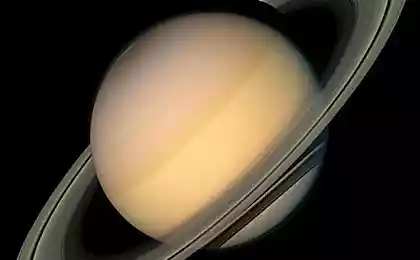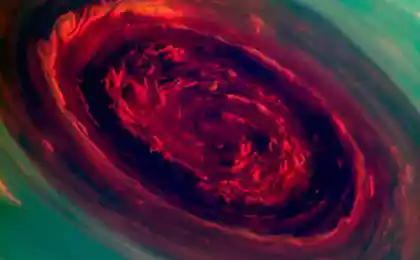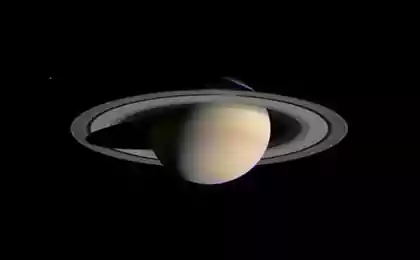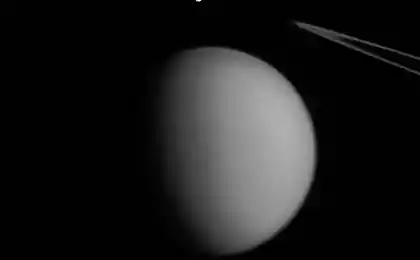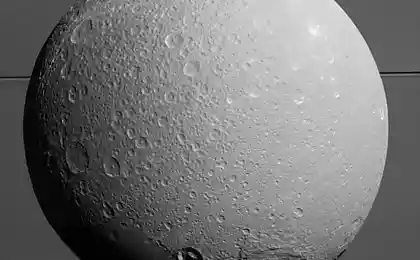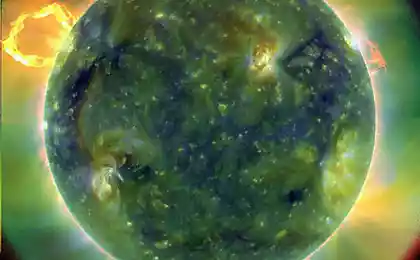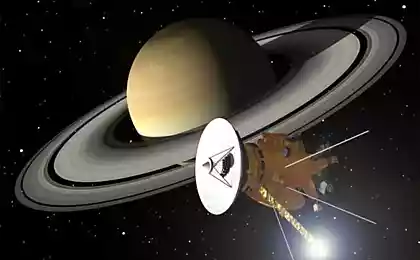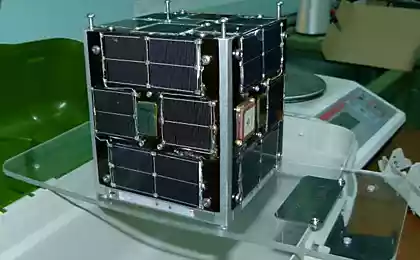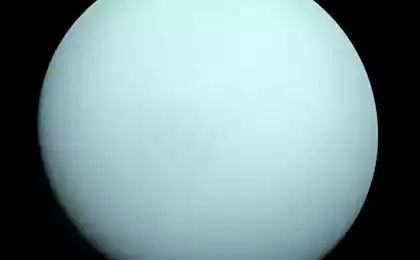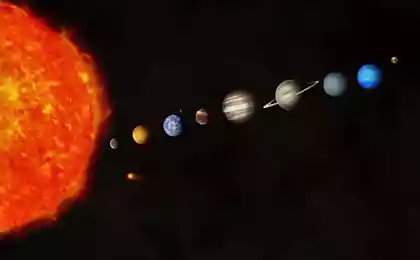622
Cassini discovered Saturn's ring, consisting of fragments of the former satellites of the gas giant
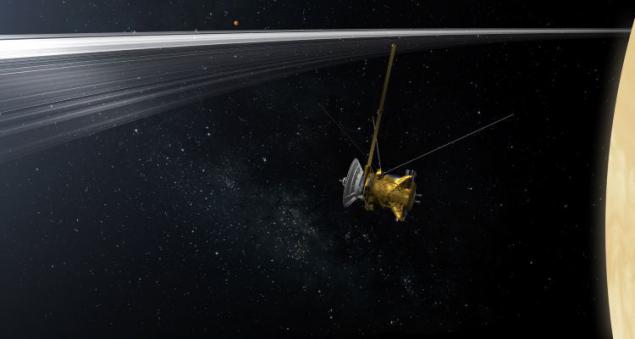
Cassini Space Station continues to be sent to Earth photographs of the surrounding space, planets and their satellites. Scientists scrutinize these pictures, analyze them and make certain conclusions. Who is using Cassini was able to detect, as scientists believe, the youngest ring of Saturn. Probably, it is made up of remnants of the disintegrated under the influence of the gravitational field of the planet satellites of the gas giant.
Ring as the researchers found, is composed of fairly large blocks of ice. The data are analyzed by the scientists, they were received station in August of 2009 - while Cassini was in the equinox, which allowed to observe the rings, the structure.
Researchers have been able to determine the temperature in the ring A (one of the secondary planet ring giant), which in turn allowed to determine the average size of the particles making up the ring. As it turned out after all the necessary calculations, the ring is made up of ice blocks the size of which is about one meter. This is a fairly large objects - other rings of Saturn are made up of much smaller particles. Large objects in the composition of the rings break up over time to smaller, though, it takes tens of millions of years.
Cassini mission specialists have determined that about 100 million years ago, are now instead of studying ring around Saturn is the satellite that was destroyed over time. In 2016, the station Cassini must fly far away from the gas giant, which will clarify the situation.
Кассини-Гюйгенс (Eng. Cassini-Huygens) - robot spacecraft (AMC), jointly developed by NASA, the European Space Agency and the Italian Space Agency. "Cassini-Huygens" is designed to study the planet Saturn, its rings and satellites. The complex consists of the orbital station "Cassini" and reentry vehicle with automatic station "Huygens", designed for landing on Titan.
"Cassini-Huygens" was launched on October 15, 1997. July 1, 2004 after braking entered orbit around Saturn. December 25 the same year, the lander separated from the space station, and January 14, 2005 entered into Titan's atmosphere, ensuring a soft landing of the automatic station on the surface. Initially, the mission was planned before 2008, but subsequently extended until the summer of 2010. February 3, 2010 it was announced that further extend the program until 2017 .
Source: geektimes.ru/post/261906/
Lenovo Vibe S1: first look
Trees in the world was on the order of magnitude greater than previously thought


